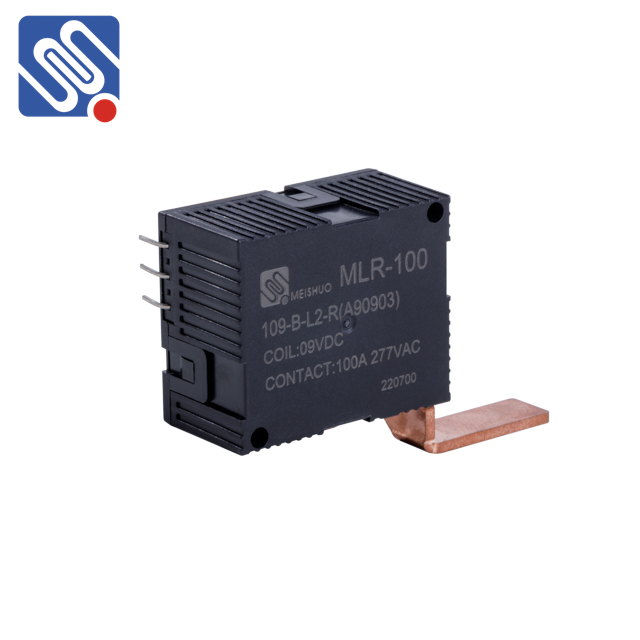An automatic relay is an essential component in the world of electrical systems. These devices are widely used in industrial, commercial, and residential applications to control and protect electrical circuits. By offering automation, safety, and efficiency, automatic relays play a crucial role in preventing damage to electrical equipment and ensuring smooth system operations. This article explores the functionality, types, applications, and benefits of automatic relays.

What is an Automatic Relay? An automatic relay is an electromechanical or solid-state device designed to open or close electrical contacts automatically in response to a predefined condition such as overcurrent, overvoltage, or an electrical fault. The primary purpose of this device is to protect electrical circuits and control the operation of devices without requiring manual intervention. Relays are generally used in systems where automation, protection, or switching between circuits is necessary. Automatic relays work by detecting certain conditions (such as an overload) and then performing the necessary actions, such as switching off a device or switching to a backup system. This automatic switching ensures that the system continues to function smoothly without human intervention and prevents potential damage to equipment.